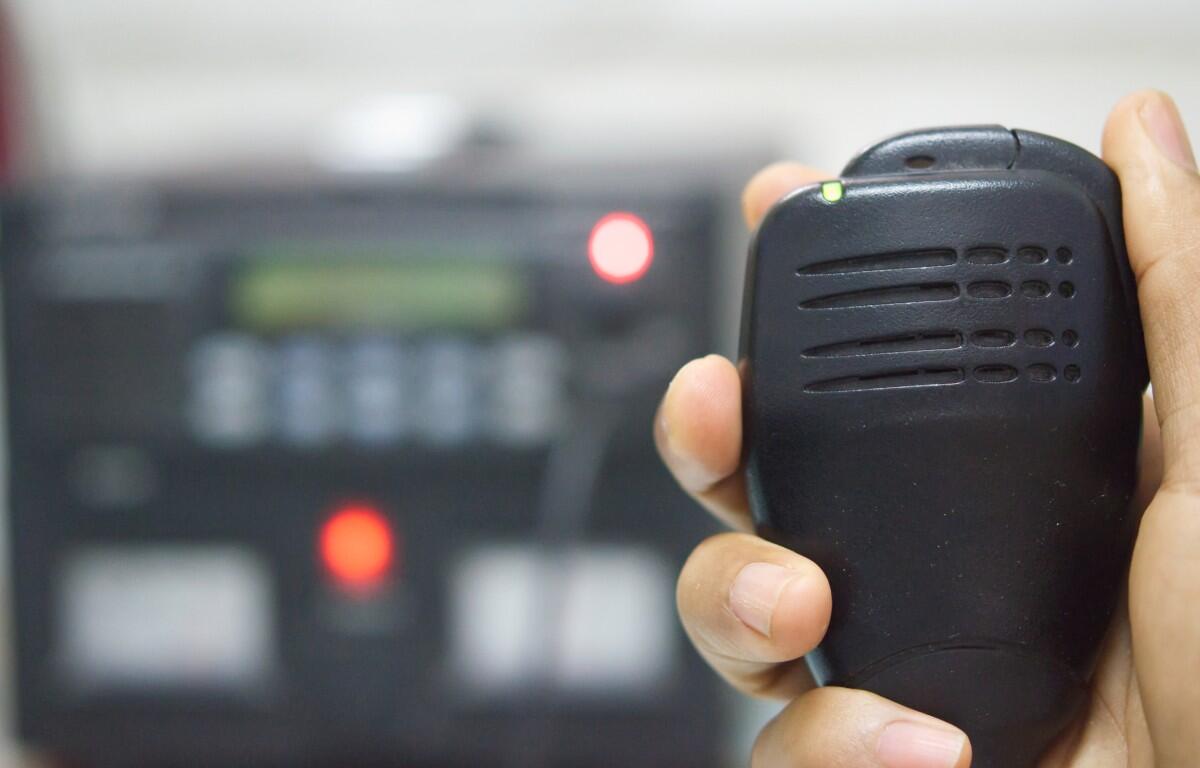CLARKSVILLE, TN − Ham radio operators from the Clarksville Amateur Transmitting Society in Montgomery County will be participating in a national amateur radio exercise from noon on Saturday until noon on Sunday, June 28-29. The event is ARRL Field Day (www.arrl.org/field-day), an annual amateur radio activity organized since 1933 by ARRL, The National Association for Amateur Radio in the United States.
Hams from across North America ordinarily participate in Field Day by establishing temporary ham radio stations in public locations to demonstrate their skill and service. Their use of radio signals, which reach beyond borders, bring people together while providing essential communication in the service of communities. Field Day highlights ham radio’s ability to work reliably under any conditions from almost any location and create an independent, wireless communications network.
Some hams from Montgomery County and Clarksville will also use the radio stations set up in their homes or their backyards and other locations to operate individually or with their families. Many hams have portable radio communication capability that includes alternative energy sources such as generators, solar panels, and batteries to power their equipment.
This year’s event is also noteworthy given that a particularly active hurricane season is predicted. “Hams have a long history of serving our communities when storms or other disasters damage critical communication infrastructure, including cell towers,” said Bob Kettner Public Information Officer, (call sign KQ4PEP). “Ham radio functions completely independently of the internet and phone systems and a station can be set up almost anywhere in minutes. Hams can quickly raise a wire antenna in a tree or on a mast, connect it to a radio and power source, and communicate effectively with others,” Kettner added.
During Field Day 2024, more than 31,000 hams participated from thousands of locations across North America. According to ARRL, there are more than 750,000 amateur radio licensees in the US, and an estimated 3 million worldwide.


